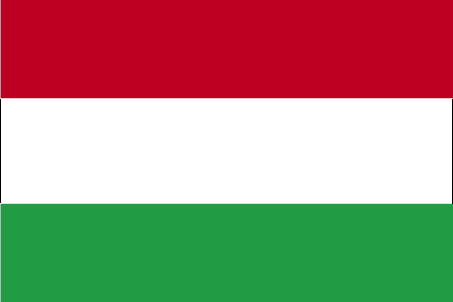Ukraine Brazil Germany India Indonesia United States Finland Thailand Taiwan Pakistan Spain Russia France Philippines Turkey United Kingdom Poland Portugal Netherlands Venezuela Italy Argentina Canada Algeria Vietnam Malaysia Bangladesh Nigeria Mexico Sri Lanka Egypt Morocco Lithuania Kazakhstan Bulgaria South Africa Japan Colombia Greece Belgium Hungary Czech Republic Estonia Saudi Arabia Austria Moldova Georgia China Peru Latvia Serbia Cuba South Korea Romania Hong Kong Denmark Uzbekistan Tunisia Singapore Ecuador Israel Myanmar Dominican Republic Slovakia Kyrgyzstan Norway Ghana Australia New Zealand Chile Madagascar Azerbaijan Guinea Jordan Nepal Croatia Laos United Arab Emirates Uganda Syria North Macedonia Sweden Iraq Iran Kenya Cote D'Ivoire Ethiopia Mongolia Slovenia Cambodia Libya Montenegro Paraguay Panama Albania Belarus Palestinian Territory Switzerland Kuwait Bosnia and Herzegovina Lebanon Trinidad and Tobago Armenia Angola Cyprus Yemen Costa Rica Uruguay Guatemala Luxembourg Bolivia Jamaica Barbados Timor-Leste Brunei Darussalam Aland Islands Qatar Reunion El Salvador Oman Ireland Senegal Puerto Rico Afghanistan Cameroon French Polynesia Honduras Kosovo Zambia Togo Haiti Republic of the Congo Bahrain Guyana Cayman Islands Maldives Democratic Republic of the Congo Namibia Mauritius Niger Somalia French Guiana Benin Tanzania Iceland Seychelles Mauritania Burkina Faso Djibouti Botswana Papua New Guinea Mozambique Macao Aruba New Caledonia Guadeloupe Liechtenstein Montserrat Mali Tajikistan Monaco Zimbabwe Malta Andorra Sierra Leone Curacao Bahamas Nicaragua Sudan Hungary Flag Meaning & Details 107 VISITORS FROM HERE! Hungary Flag Flag Information three equal horizontal bands of red (top), white, and green the flag dates to the national movement of the 18th and 19th centuries, and fuses the medieval colors of the Hungarian coat of arms with the revolutionary tricolor form of the French flag folklore attributes virtues to the colors: red for strength, white for faithfulness, and green for hope alternatively, the red is seen as being for the blood spilled in defense of the land, white for freedom, and green for the pasturelands that make up so much of the country
Learn more about Hungary » CIA - The World Factbook
 Previous Country | Next Country
Previous Country | Next Country  » Back to Flag Counter Overview
» Back to Flag Counter Overview
 Previous Country | Next Country
Previous Country | Next Country  » Back to Flag Counter Overview
» Back to Flag Counter Overview